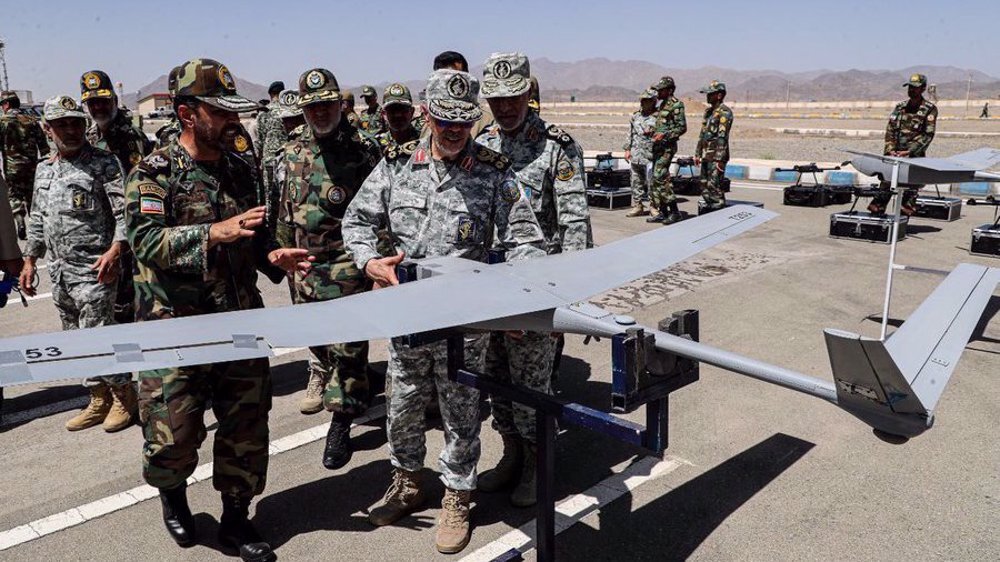Tehran – The Iranian military has unveiled three domestically developed drones designed to meet the demands of modern and future battlefields.
The new models (Homa, Dideban (Watchdog), Shahin-1 (Falcon-1)) were exhibited at a ceremony at the Army drone and air base in the southeastern city of Zahedan, highlighting Iran’s propulsion to build an independent, technology-driven army.
With vertical takeoff and landing (VTOL) capabilities, drones can switch to fixed wing flights for greater range and efficiency. Fully designed by Iranian engineers, the aircraft combines agility, intelligence and accuracy to carry out a wide range of reconnaissance and attack missions.
Brigadier General Kiumars Haidari, commander of the Army Ground Forces, stressed that unmanned technology is now at the heart of Iran’s military transformation.
“We have invested heavily in developing UAVs from microdrones to large aerial platforms, because our vision is to build a force around these technologies,” Haidali said. “They will allow us to meet the operational needs of tomorrow’s battlefield with higher speed and power.”
He added that these innovations allow Iranian forces to act with more flexibility and effectiveness in modern combat scenarios.
The HOMA drone can fly over 12,000 feet, has night vision and does not require a runway. Perfect for stealth reconnaissance in electronic warfare environments. Dideban is a compact, portable UAV with all-day visibility and multi-target monitoring capabilities. Designed to fly in coordinated schools, it increases the intelligence and accuracy of the battlefield.
Shahin-1 is a fast, first person view (FPV) suicide drone that aims to eliminate mobile targets at high speed. Military authorities have described it as a key component of Iran’s growing asymmetric strategy.
The unveiling ceremony coincided with Major General Mohammad Bagheri, the chief of staff of the Iranian army, visiting the 88th Armored Division in Zahedan. Along with Haidari, Bagheri reviewed the latest technological advances and operational achievements of the ground forces.
“Our focus remains on building effective deterrence, strong defense and lasting stability across the region,” Bagheri says. “The military, especially the ground forces, have achieved groundbreaking success by accessing high-end systems and next-generation technology.”
Bagheri also pointed to an increasing proficiency in Iranian microdrone. He said this would enhance the military’s ability to combat evolving aviation threats.
“Today, micro-UAV production has become an integral part of our defense strategy,” he pointed out.
Brigadier General Nozar Nemati, deputy commander of the ground force, said Iran’s modernization drive is rooted in long-term planning, scientific research and commitment to domestic innovation.
“By investing in strategic areas such as unmanned systems, microaviation vehicles and AI-based platforms, we positioned our ground forces as leaders in the adoption of next-generation military technology,” Nemati said.
Over the past decade, Iran has made great strides in enabling self-sufficiency in its key defense sectors around the same time, building its own military hardware, ranging from drones and missile systems to electronic warfare platforms.
Authorities argue that Iran’s military accumulation is strictly defensive and unnegotiable.
“We will never hesitate to improve our defense capabilities,” Iranian authorities reiterate. “Our missile and drone programs are designed solely to protect sovereignty and to stop aggression.”
Ayatollah Seyed Ali Khamenei, the leader of the Islamic Revolution, has long called for the continued strengthening of Iranian military forces, and believes that defence preparations are essential for national independence and regional peace.

